ISO 21101:2014 Adventure Tourism — Safety Management
₹8,000.00
ISO 21101:2014 is a standard titled “Adventure Tourism — Safety Management Systems — Requirements” which provides guidelines for organizations involved in adventure tourism to establish and maintain a safety management system. This standard aims to ensure that adventure tourism activities are conducted with a focus on safety, minimizing risks to participants, staff, and the environment.
Here are some key aspects and requirements covered by ISO 21101:2014:
1. **Scope**: The standard applies to organizations that provide adventure tourism activities, such as trekking, mountaineering, diving, and other outdoor and recreational activities where there are inherent risks involved.
2. **Risk Management**: Organizations must identify, assess, and manage risks associated with their adventure tourism activities. This includes conducting risk assessments, implementing control measures, and regularly reviewing and updating risk management processes.
3. **Safety Management System (SMS)**: Organizations are required to establish a Safety Management System that outlines policies, procedures, and practices to ensure the safety of participants, staff, and the environment. The SMS should include:
– Safety objectives and targets
– Roles and responsibilities for safety
– Training and competency requirements
– Incident reporting and investigation procedures
– Emergency response and evacuation plans
– Equipment maintenance and inspection procedures
4. **Training and Competency**: Organizations must ensure that staff and guides are adequately trained and competent to perform their roles safely. This includes training in first aid, emergency response, and specific skills related to the adventure tourism activity.
5. **Equipment**: Organizations must ensure that equipment used in adventure tourism activities is fit for purpose, well-maintained, and inspected regularly to ensure safety.
6. **Customer Information**: Participants should be provided with clear and accurate information about the risks associated with the adventure tourism activity, as well as any requirements or prerequisites for participation.
7. **Monitoring and Continuous Improvement**: Organizations are required to monitor and evaluate the effectiveness of their Safety Management System and make continuous improvements based on feedback, incident reports, and changing circumstances.
8. **Legal and Regulatory Compliance**: Organizations must comply with relevant laws, regulations, and industry standards related to adventure tourism safety.
By implementing ISO 21101:2014, organizations can demonstrate their commitment to safety and provide assurance to participants and stakeholders that they are taking appropriate measures to manage risks and ensure a safe experience.
If you’re looking to implement this standard or need further details on any specific requirements, I can help guide you through it!

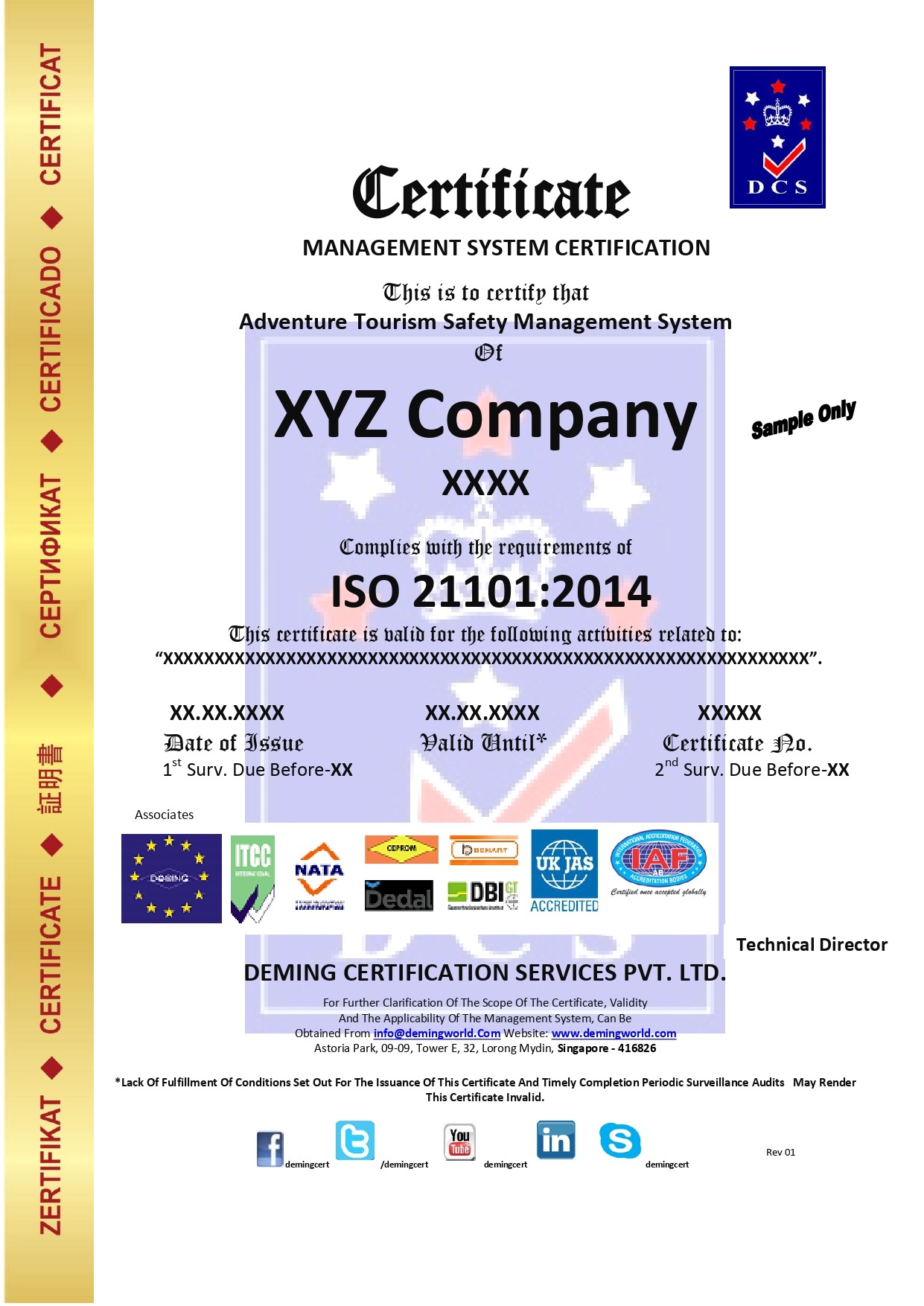

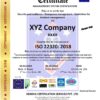
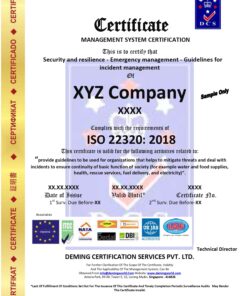


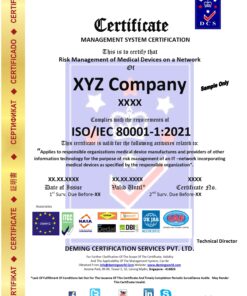
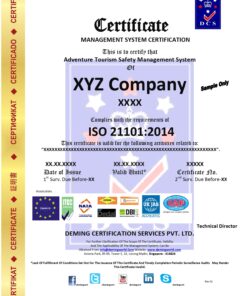



Reviews
There are no reviews yet.